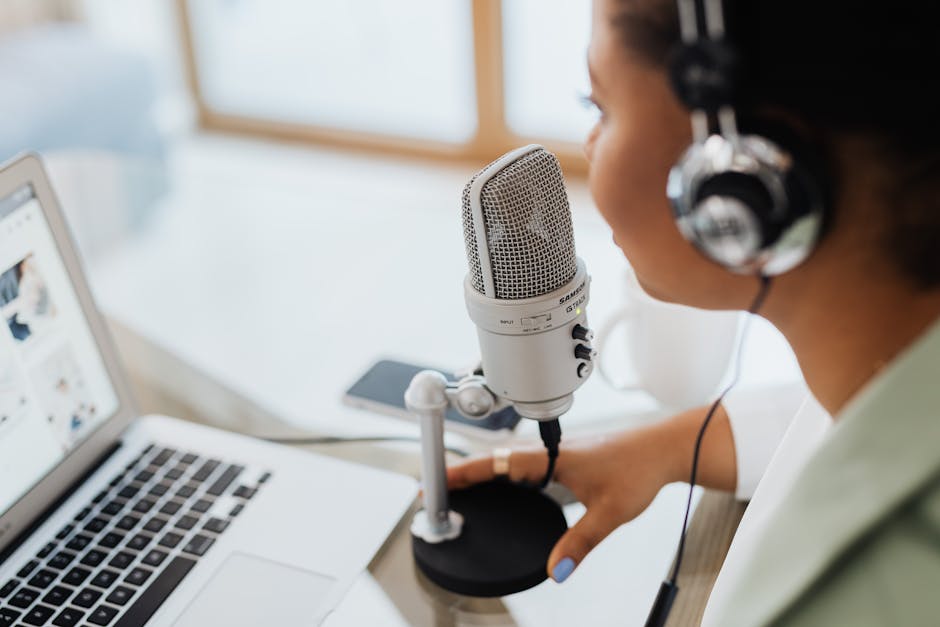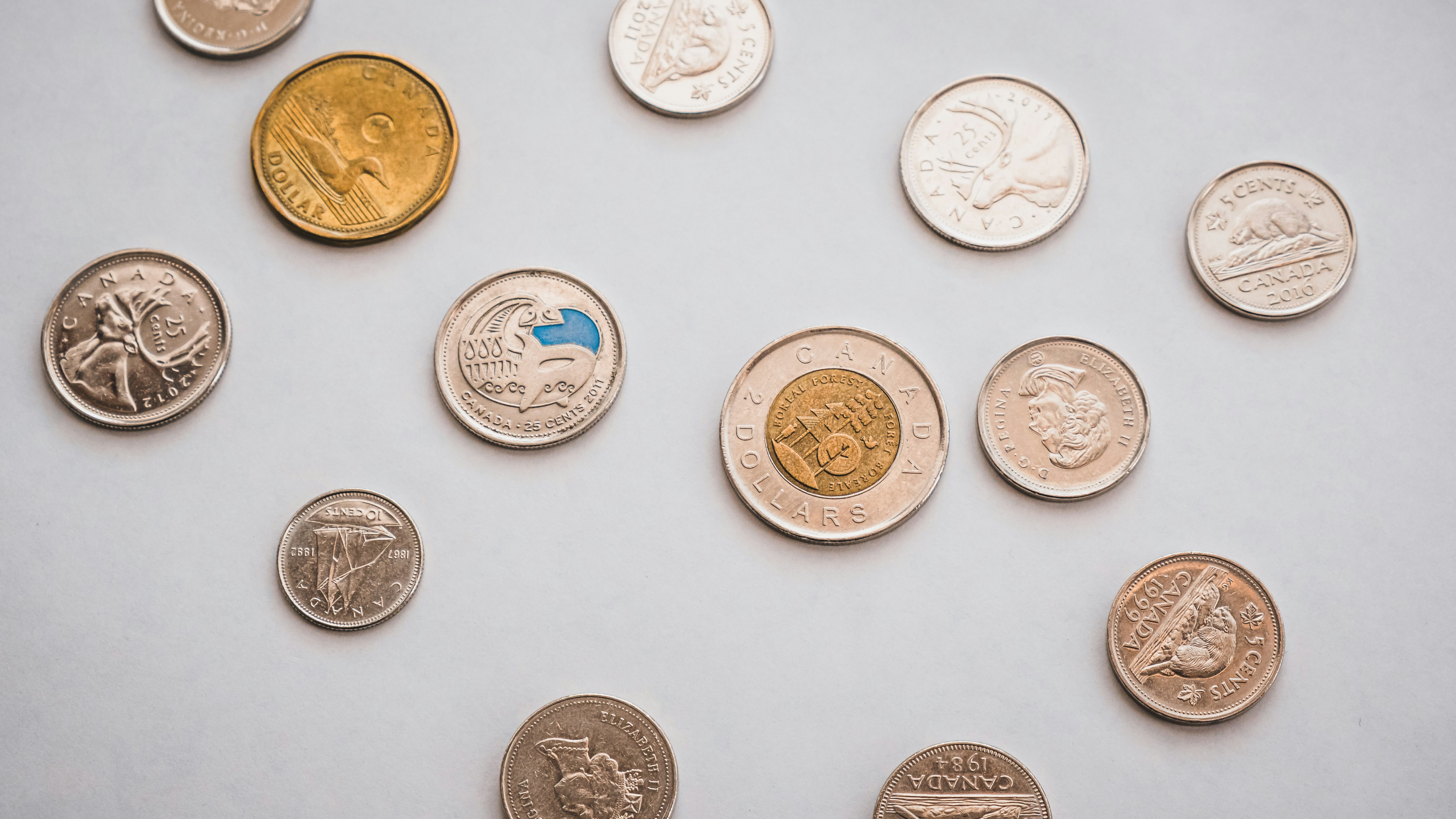AI and Copyright: Navigating the Legal Maze for Creators
In an era where technology drives creativity and innovation, the lines of intellectual property rights are being blurred by AI-generated content. The surge of artificial intelligence in content creation—be it text, music, or visual art—opens up exciting possibilities but also presents daunting challenges. How do creators safeguard their work when the technology that enhances it can also infringe upon it? Let's delve into the uncharted territory of AI-generated content, exploring copyright challenges and viable solutions for creators in this rapidly evolving landscape.
Understanding AI and Copyright: The Basics

Artificial intelligence (AI) can produce content autonomously, using monumental datasets to learn and adapt styles, tones, and nuances. This capability has revolutionized how we perceive creativity, complicating traditional notions of authorship and ownership. The fundamental question that arises is: who owns the copyright to a piece created by an AI? This question has incited vigorous debates within legal circles, necessitating a clearer understanding of how copyright law applies to machines that create content without human intervention.
Traditionally, copyright protection is bestowed upon "original works of authorship fixed in a tangible medium of expression." Under current U.S. law, copyright attaches to creations made by human authors. This principle raises vital questions about whether AI can be considered an author and, if so, how ownership is established. As AI technology progresses, so too must the legal frameworks governing this innovative content production method.
The Complex Landscape of AI Copyright Issues

One major challenge is determining liability for copyright infringement. If an AI generates content that is eerily similar to pre-existing works, who is accountable? The developer of the AI, the user engaging with it, or the AI itself? The thorny web of responsibility complicates the legal landscape, leading to potential litigation that could stifle creativity and innovation.
Recent case law hints at the necessity for evolving copyright frameworks. For instance, the case of Naruto v. Slater tested the boundaries of animal authorship, where a monkey's selfie was caught in a legal battle over copyright ownership. While the case did not involve AI, it foreshadows the forthcoming debates surrounding rights based on non-human creators. In this context, understanding the ramifications of AI and copyright becomes paramount for creators leaning into technology.
AI's Impact on Creativity and Content Generation

AI is an astonishing tool for creators, expanding the horizons of what is possible. Writers can explore fresh narrative avenues, musicians can collaborate with AI to generate new soundscapes, and visual artists can create stunning pieces that blend styles and genres. The benefits of AI-driven creativity are tremendous; however, there remain significant hurdles in ensuring that human creators retain their rights and recognition in light of machine-generated works.
Like any technology, AI presents a double-edged sword. On one hand, the advantages of efficiency, rapid production, and ideation are unmatched. On the other, reliance on AI can lead to concerns over artistic authenticity and deprive human creators of acknowledgment. This tension leads to complex ethical considerations that must guide the implementation of AI in creative domains.
Copyright Protection Mechanisms for Creators

As a content creator, understanding your rights is essential for safeguarding your original work. Copyright protection is automatically granted upon creation, but supplementing it with proactive measures can enhance your security. Here are a few steps you can take:
-
Document Your Creation Process: Maintaining thorough records of your writing process, drafts, and revision stages creates a clear timeline should disputes arise regarding ownership.
-
Consider Licensing and Contracts: If collaborating with AI or other creators, outline agreements detailing the use of AI-generated content and ownership rights explicitly. This step is vital for clarifying expectations and avoiding legal disputes later.
-
Explore Copyright Registration: While copyright protection is automatic, registering your work can enhance the validity of your claims and make pursuing legal action easier if infringement occurs.
-
Stay Informed About Legal Updates: Copyright laws are evolving to keep pace with AI advancements. Being aware of new legal precedents, like those affecting digital content, can empower you as a creator.
Solutions to Navigate Copyright Challenges

Resolving the ambiguity surrounding AI and copyright requires robust strategies and solutions. Here are some progressive approaches both creators and stakeholders can explore:
-
AI-Generated Content Attribution: Establish clear guidelines for attributing AI-generated works, analogous to how human creators are recognized. This process may involve creating unique identifiers for AI contributions to maintain transparency.
-
Revising Copyright Legislation: Advocating for updates in legal frameworks that address the emergence of AI can pave the way for more equitable rights distribution. Lawmakers must engage in discussions reflecting this technological evolution.
-
Integrative Platforms for Creators: Companies can bridge the gap between AI technology and creators by developing platforms promoting clarity around AI ownership and copyright policies. Such innovations enhance user experience while maintaining fair practices.
Implications for Industries Beyond Creative Arts

While discussions around AI-generated content often focus on traditional creative realms, its implications stretch to various industries. The impact on journalism, advertising, and even legal domains raises pertinent questions about authorship, accountability, and originality. For instance, consider:
-
Journalism: Automated news articles generated by AI can deliver timely updates, but how does this shift address authorship and copyright? Without ethical guidelines, the risk of misinformation or unattributed plagiarism looms.
-
Advertising: AI’s ability to create tailored marketing materials poses the question of ownership. If marketing AI generates ad campaigns or taglines, who claims credit when success is measured?
-
Legal Innovations: Similarly, as AI tools reshape access to justice, navigating the boundaries of originality in legal documentation becomes paramount. Establishing credit protocols can prevent creators from losing rights on automated legal drafting (see our insights on legal robotics).
Future-Proofing Yourself as a Creator

Creators have increasingly turned to updating their practices to safeguard their innovations continually. Building an adaptive strategy involves fostering connections with legal experts who understand the nuances of AI and copyright. Moreover, joining professional organizations affording resources and ongoing education can serve as invaluable shields against potential infringements. As you navigate this evolving landscape, consider:
-
Joining Creator Networks: Community platforms can provide support and resources to empower you further, such as webinars on legal challenges presented by AI.
-
Educating Yourself on Digital Rights: Understanding the nuances of digital ownership and the implications of AI tools is crucial for effectively navigating copyright landscapes.
-
Cross-Collaboration: Engaging with fellow creators and experts across disciplines can facilitate healthy conversations about ethical practices and the navigability of AI usage.
Next Steps for Creators

The uncharted territory of AI-generated content presents exciting opportunities and perplexing challenges for creators. As the legal landscape continues to evolve, it is crucial to be proactive in safeguarding your intellectual property rights. Embrace the technology while staying anchored in ethical practices—document your creation process, explore innovative licensing agreements, and stay attuned to changing legal frameworks.
By understanding and addressing the implications of AI-generated content, you position yourself not merely as a passive recipient of technological advances but as an informed creator who takes an active role in shaping the future of copyright law. The quest is ongoing, but by arming yourself with knowledge and insights, you're better equipped to navigate this complex and sometimes turbulent terrain.
Final Thoughts
Just as the world of legal landmarks has shifted dramatically due to technology, the rise of AI-generated content urges creators to rethink ownership paradigms. Although the journey is fraught with perplexities and uncertainties, there lies great potential for collaboration, innovation, and evolution. By leaning into proactive strategies and educating ourselves on our rights, we can embrace the future of AI while protecting our rightful ownership in an ever-changing legal landscape.
Ready to explore further legal insights? Check out our blog posts on metaverse ownership and AI co-creators for a deeper understanding of how these technologies interact with the law.



